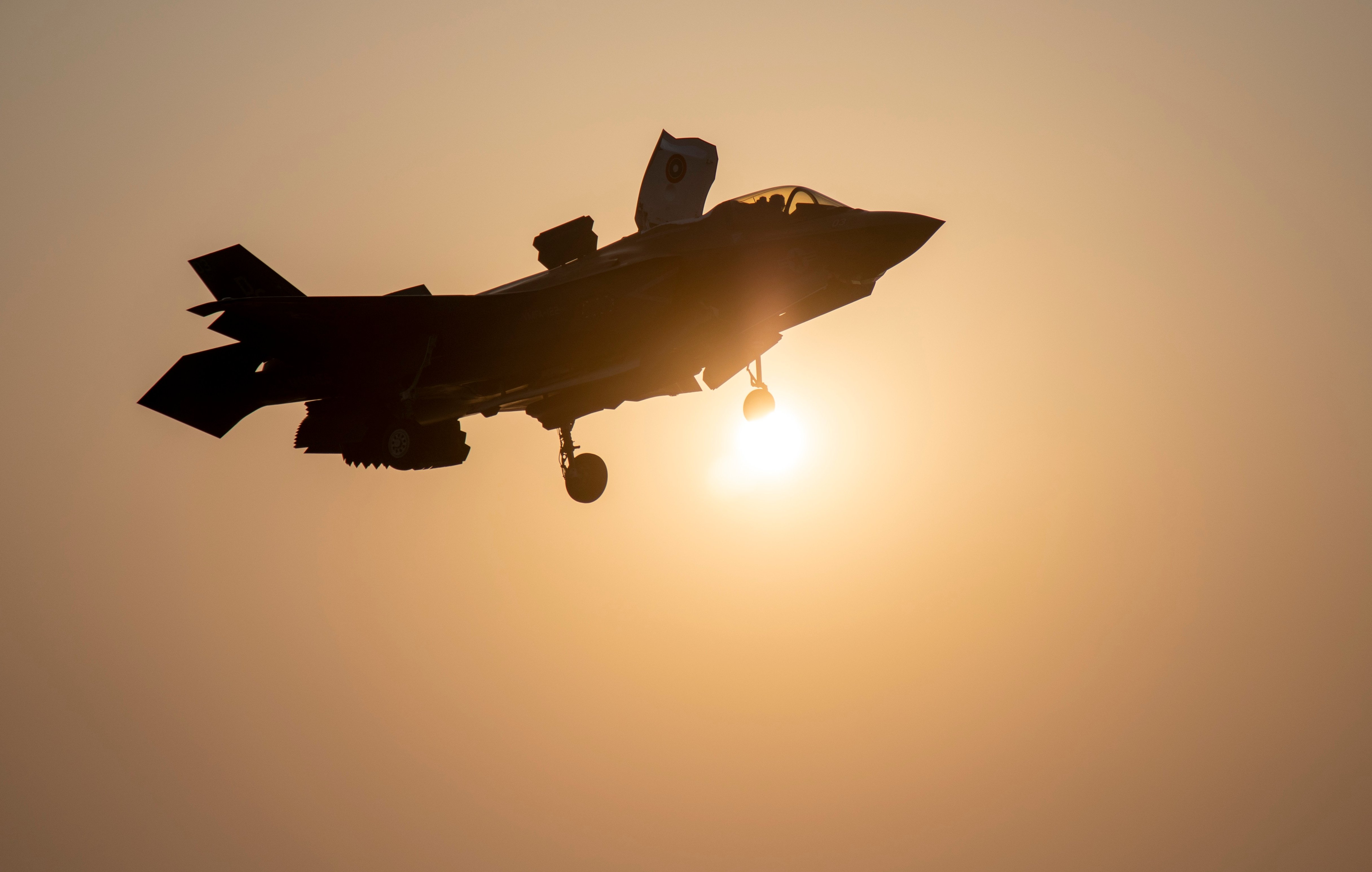
The F-35 Lightning II Joint Strike Fighter program continues to struggle with costs for upgrades and fielding delays despite being more than 20 years old, said the chairman of a key House Armed Services subcommittee.
At a hearing Tuesday, Rep. Rob Wittman, (R-Va.), chairman of the House Armed Services Tactical Air and Land Forces subcommittee, said, “our patience is wearing thin” with the program.
His counterpart Rep. Donald Norcross, (D-N.J.), in zeroing in on delays in Technology Refresher 3, singled out the software not keeping pace with hardware development. As a result, TR-3, a combination of hardware and software upgrades for better displays, processing speed and computer memory, are suffering an 18 -month delay in delivery, and costs are running $1 billion higher than estimated.
Norcross termed the F-35 program “our largest weapons program” with more than 1,700 going to the Air Force, more than 420 to the Marine Corps and more than 270 to the Navy. The program is expected to move from its acquisition phase to full-rate production next year.
Air Force Lt. Gen. Michael Schmidt, program executive officer, said there has been a history “of not … being able to deliver software with new hardware” as needed in TR-3. He added the problem resides in laboratories not being able at the start of testing to properly represent” what happens when the aircraft is flying.
TR-3 “is not where it needs to be,” he added. Of the 52 aircraft scheduled to be delivered in December, only 21 finished the last stage of production.
“Software needs to inform hardware,” Wittman said. William LaPlante, undersecretary for acquisition and sustainment, said he was very interested in how Aegis software evolved as a model for other existing programs.
“Finally, it has gone to open system,” LaPlante said, adding, in the Air Force’s new B-21, “we made sure its architecture was open.”
Jon Ludwigson, director of contracting and national security acquisition at the General Accountability Office, said some of the delays can be attributed to there being only seven aircraft to test TR-3 and Block 4 upgrades.
In his prepared testimony, he wrote, “the limited availability of aircraft to test Block 4 software limits the program’s testing capacity. As of May 2023, the program had seven test fleet aircraft, with four devoted to TR-3 testing and three able to test Block 4 capabilities. The program is aware of this testing limitation and plans to incorporate additional test aircraft for a total of 14 flight test aircraft for testing Block 4 capabilities.”
Ludwigson added that Congress lacked a clear picture in how expected capabilities were created and costs associated with fielding them. Using Block 4 as an example, he said GAO had difficulty tracking the 66 capabilities that it first identified were going into the F-35 “because they weren’t bounded by requirements. GAO now estimates 80 capabilities are planned for block 4, he said. The cost has risen $10.6 billion to $16.5 billion and won’t finish until 2029.
“GAO recommended making it a separate program” several years ago to better track it, he said. Ludwigson added the office makes the same recommendation now for Block 4 and in correcting the existing F-35 engines’ overheating issues and developing a new engine in the Advanced Engine Transition Program.
The “root cause” of the escalating Block 4 cost arose because those who added capabilities, “didn’t have a firm sense of what was achievable,” he said.
“We have not given up on” Performance Base Logistics, LaPlante said. He said the pause in certifying Lockheed Martin’s bid for that role came from a number of factors from manpower to evaluate and now showing “sufficient cost saving if any.”
He added, “you have to get the metric right” to ensure performance base logistics works the way it was envisioned.
LaPlante and Schmidt added that mission capable rates for Israeli F-35s remain high and the United States could learn lessons on sustainment from them. LaPlante added that F-35 sustainment has been war-gamed in table top exercises for use in the Indo-Pacific.
Looking at the F-35’s impact internationally, LaPlante said, “we have a thousand [flying] around the world” now. He added that the program has nine foreign military sales partners “with more on the way.” The partners’ list includes Israel, Japan and Korea.





